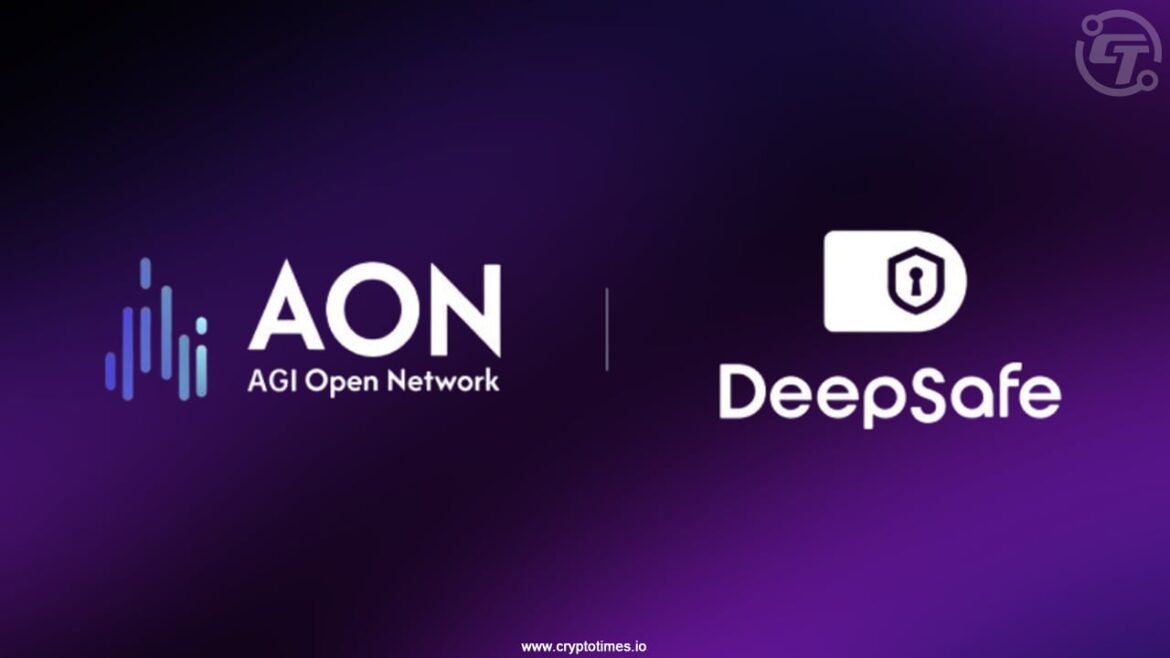As EU lawmakers near a decision on the “Chat Control” law, privacy experts warn it could break public trust in digital communication and push users toward Web3 platforms.
As European lawmakers near a decision on the controversial “Chat Control” legislation, privacy experts warn it could break public trust in digital communication and push users toward Web3 platforms.
At the center of the debate is the EU’s proposed Regulation to Prevent and Combat Child Sexual Abuse, which would require platforms to scan private messages for illegal content before they are encrypted. Critics say this effectively creates a backdoor into encrypted systems, contradicting the EU’s own commitments to privacy.
“Giving an inherently corruptible entity nearly unlimited visibility into the private lives of individuals is incompatible with an honest value statement of digital privacy,” Hans Rempel, co-founder and CEO of Diode, told Cointelegraph. He called the proposal a dangerous overreach.
Elisenda Fabrega, general counsel at Brickken, noted that the law appears “difficult to justify under the existing jurisprudence of the Court of Justice of the European Union.” She pointed to Articles 7 and 8 of the EU Charter of Fundamental Rights, which guarantee the confidentiality of communications and protection of personal data.
“Client-side scanning would enable the monitoring of content on user devices prior to transmission, including in cases where there is no indication of unlawful activity,” she explained.
15 EU countries support the law. Source: Fight Chat Control
Related: US Treasury’s DeFi ID plan is ‘like putting cameras in every living room’
EU law sets dangerous precedent
Experts say the regulation sets a dangerous precedent from a legal and technological standpoint. “There are no guarantees,” Rempel added, when asked if the tools could be misused. “Over 10% of all data breaches occur in government systems,” he warned.
Fabrega raised concerns over the broader impact such surveillance would have on public trust. “Encryption is not only a technical feature, it is a promise to users that their private communications will remain confidential,” she said.
The erosion of trust in traditional messaging platforms could prompt users to explore decentralized Web3 alternatives, platforms built to protect user data through encryption by design.
“Web3’s privacy battle cry is ‘Not your keys, not your data,’” Rempel said. “This is true self-custody for data,” he added, noting that the end-user maintains sovereignty over their information from “cradle to grave.”
Fabrega echoed the sentiment, stating that “privacy-conscious users will increasingly explore decentralized Web3 alternatives” if Chat Control is passed. She warned that the shift could “fragment the European digital market” and weaken the EU’s ability to shape international norms on privacy.
Related: EU proposal to scan all private messages gains momentum
The ball is in Germany’s court
Germany, which holds the pivotal vote, has yet to take a final stance. While 15 EU countries currently support the proposal, they fall short of the 65% population threshold required for passage. If Germany votes in favor, the law will likely pass; if it abstains or opposes, the legislation is expected to fail.
“We believe it to be low,” Rempel said of the likelihood of passage. “But it won’t be the last time that there is an attempt to subvert fundamental human rights in the name of safety.”
Magazine: Astrology could make you a better crypto trader: It has been foretold










